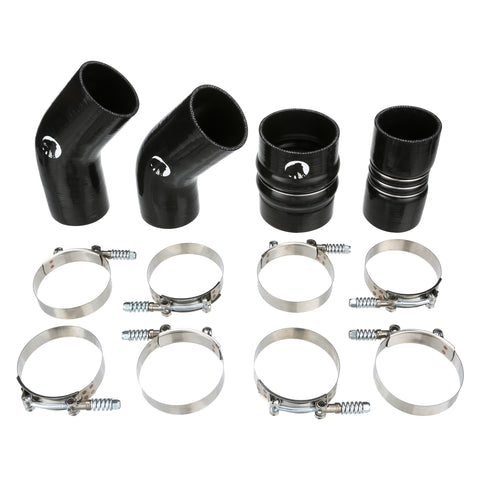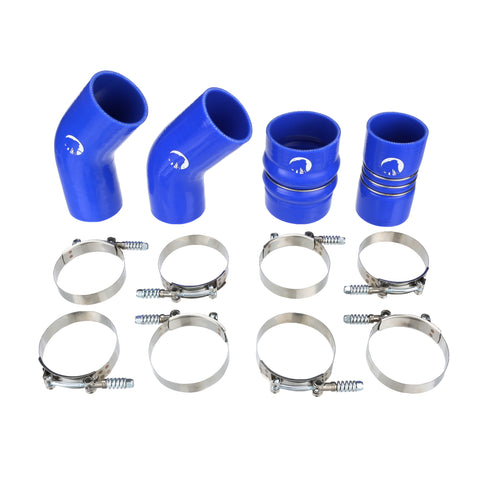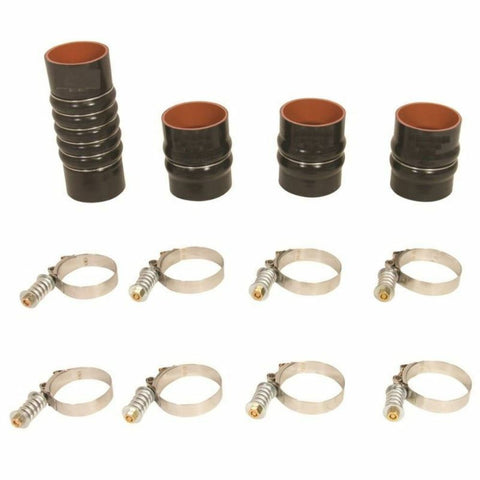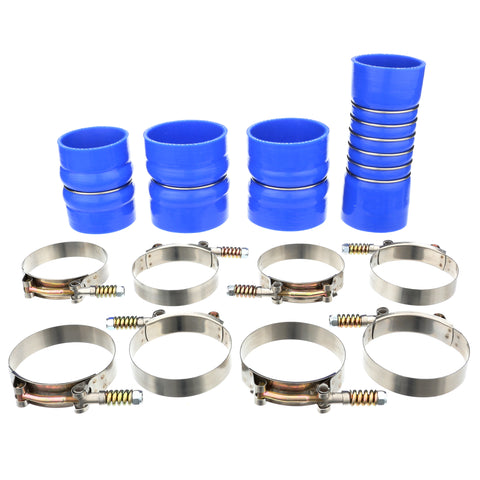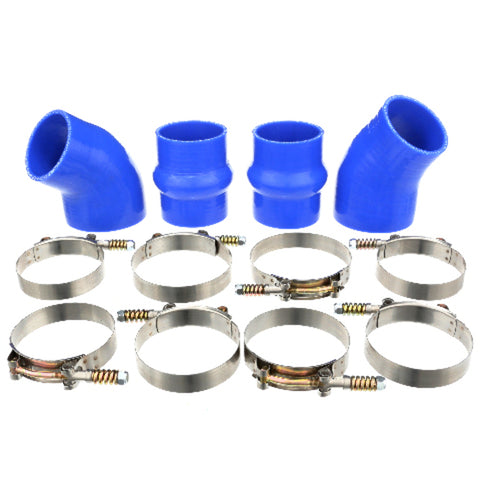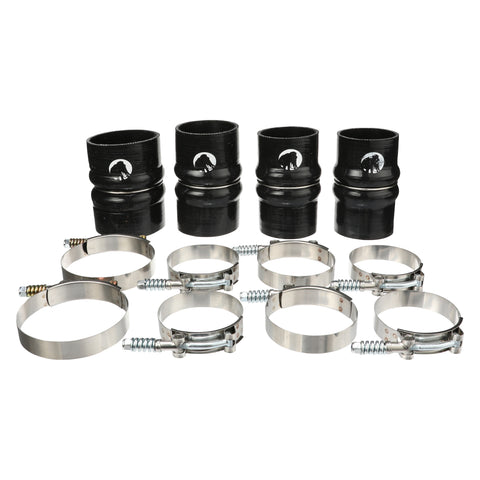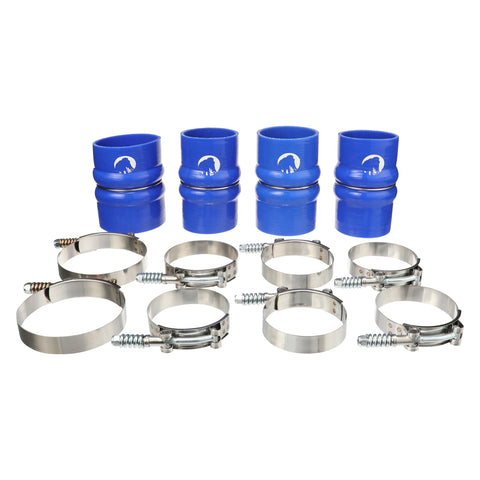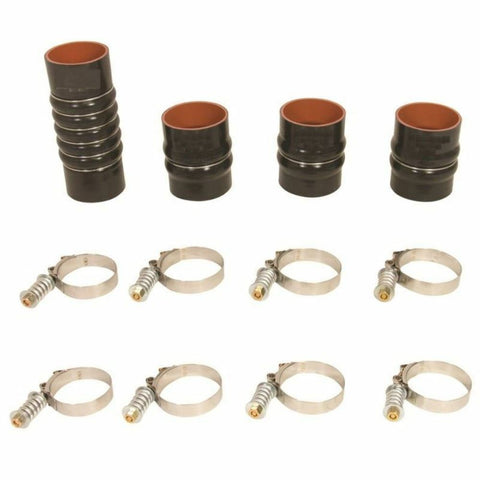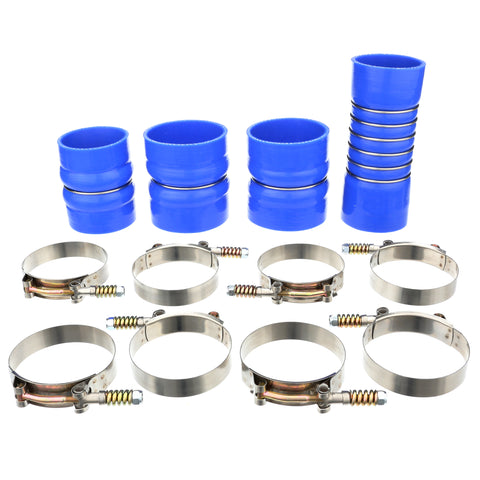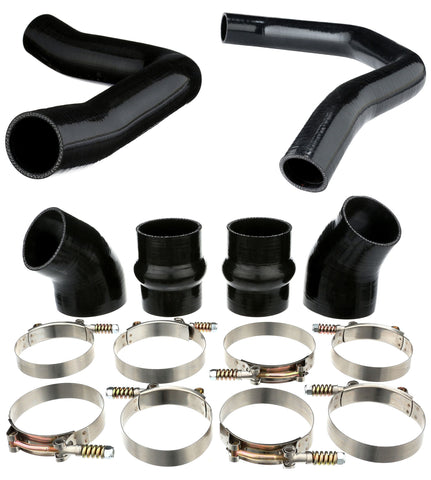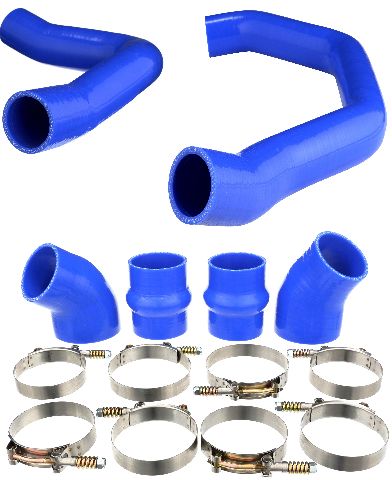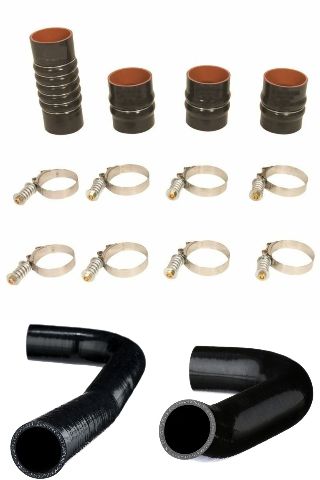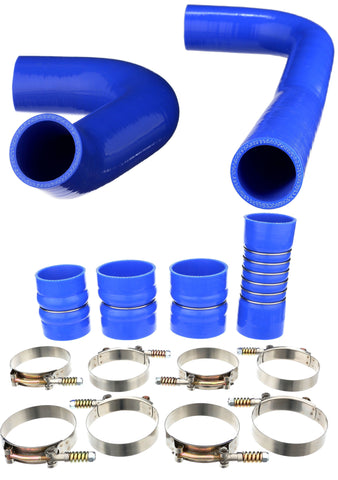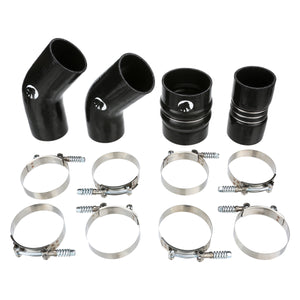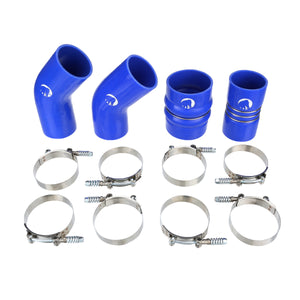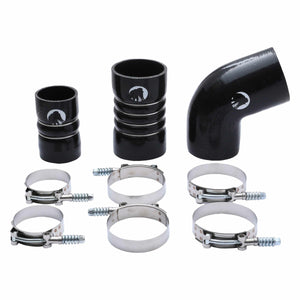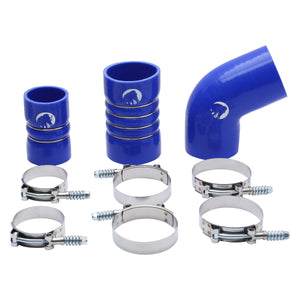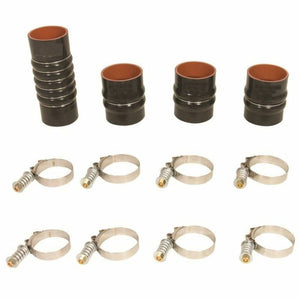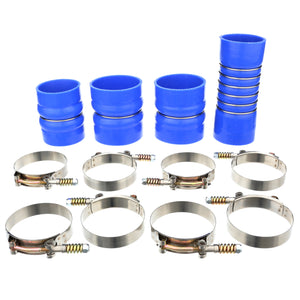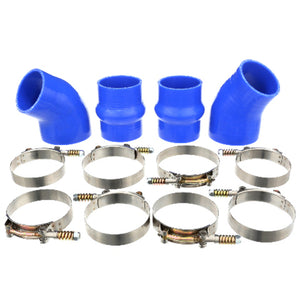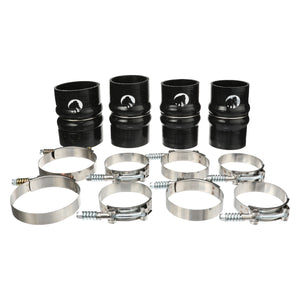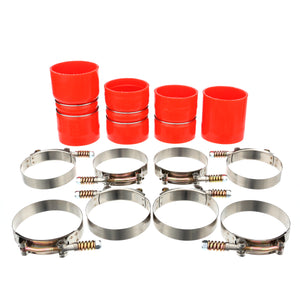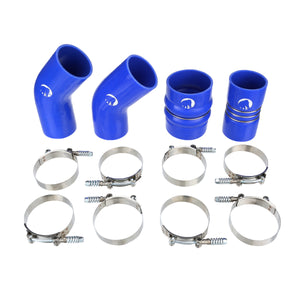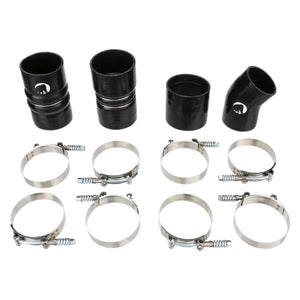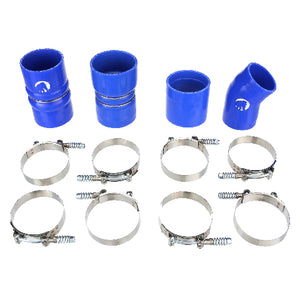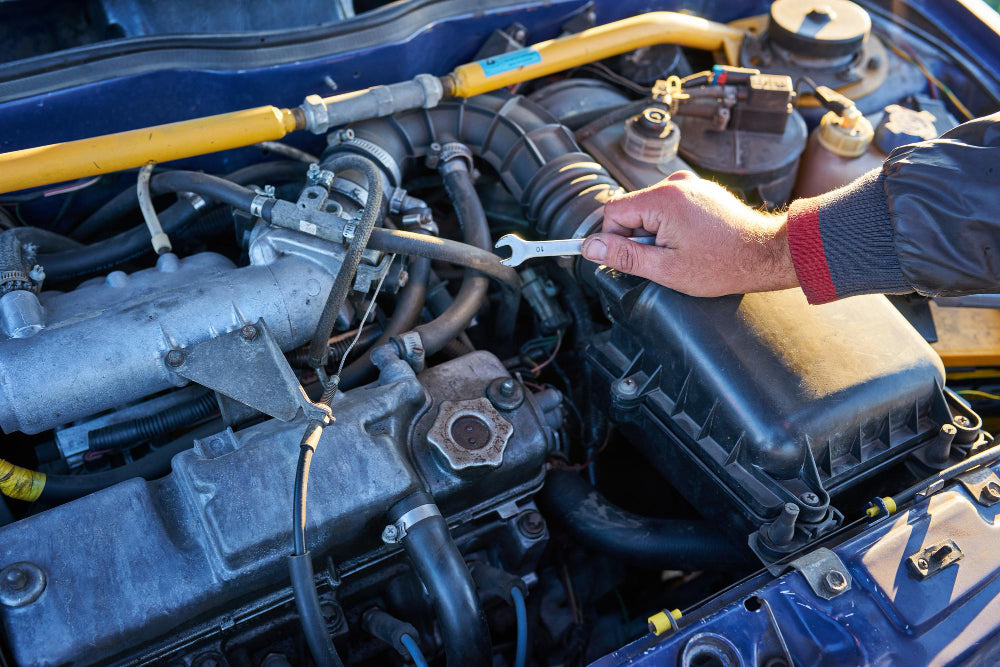Myths and Misconceptions About Silicone Hoses: Unveiling the Truth

Table Of Contents
Myths and Misconceptions About Silicone Hoses: Unveiling the Truth
Silicone hoses have become ubiquitous in various industries due to their durability, flexibility, and resistance to extreme temperatures. However, with popularity comes a host of myths and misconceptions. Here, we debunk some of the most common ones to provide clarity for those considering or already using silicone hoses.
Myth 1: Silicone Hoses Are Not Durable
Reality: Silicone hoses are known for their longevity. They resist cracking, aging, and degradation from UV light and ozone, making them more durable than many other types of hoses, like rubber, in harsh conditions. Their lifespan often exceeds that of the machinery or vehicles they're installed in if maintained properly.
Myth 2: They Can't Handle High Temperatures
Reality: One of the standout features of silicone hoses is their ability to withstand high temperatures. They can typically handle temperatures from -60°C to over 200°C without losing their integrity, making them ideal for automotive applications, especially in areas like engine bays or exhaust systems where heat is intense.
Myth 3: Silicone Hoses Are Just for Show
Reality: While silicone hoses do offer aesthetic upgrades with their sleek appearance, their utility far exceeds mere aesthetics. They're chosen for performance in environments where other materials fail due to heat, chemicals, or mechanical stress.
Myth 4: They Don't Need Maintenance
Reality: While silicone hoses require less maintenance than their counterparts, they aren't maintenance-free. Regular inspection for signs of wear, proper routing to avoid kinks or compression, and ensuring connections remain secure are essential for longevity and performance.
Myth 5: All Silicone Hoses Are the Same
Reality: This is far from the truth. Silicone hoses can vary greatly in quality, construction, and intended use. Some are reinforced with layers of fabric or wire for additional strength, others are designed for food-grade applications, and some are meant for high-vacuum environments. The variation in quality affects performance, lifespan, and compatibility with different environments.
Myth 6: Silicone Hoses Are Environmentally Unfriendly
Reality: Silicone hoses are generally recyclable, and silicone itself is considered environmentally friendly due to its durability (reducing the need for frequent replacements) and non-toxic nature. However, like all products, their environmental impact also depends on manufacturing processes and disposal methods.
Myth 7: They Always Cause Backflow Issues
Reality: While there's some truth in the concern for backflow in certain applications (like garden hoses connected to potable water without proper backflow prevention), this is more about the design and use rather than the material itself. Properly designed systems with check valves or other backflow prevention can mitigate these risks.
Myth 8: Silicone Hoses Can't Be Used in Vacuum Applications
Reality: Silicone hoses are indeed used in vacuum applications, but not all are suitable. Specialized silicone hoses designed for vacuum environments, often with specific reinforcements or wall thicknesses, are available and perform exceptionally well under vacuum conditions.
Conclusion
Silicone hoses, while incredible in many applications, are surrounded by myths that can mislead consumers and professionals alike. Understanding the material's properties, its limitations, and how to properly use and maintain it can lead to better choices and outcomes. By debunking these myths, users can make informed decisions, appreciate silicone hoses for their true benefits, and avoid pitfalls based on misinformation.
For those looking into silicone hoses for any application, remember, like all materials, they have their place and purpose. Educating oneself on the specifics of what you need versus what's commonly believed can make all the difference in performance and satisfaction.


